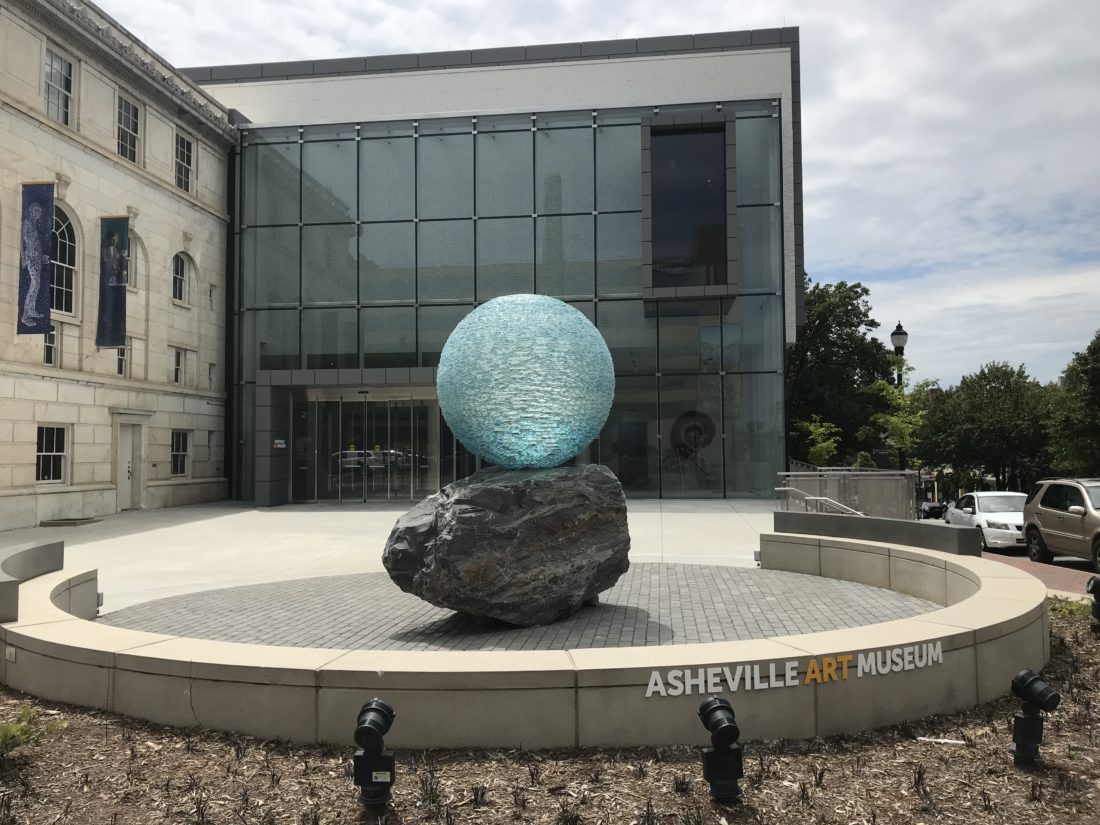It’s been more than 2 1/2 years since the Buncombe County Tourism Development Authority has had a clear process for awarding grants from its Tourism Product Development Fund, the portion of occupancy tax revenues devoted to community projects. But according to Vic Isley, president and CEO of the Explore Asheville Convention and Visitors Bureau, new guidelines should be in place by the start of 2022.
During the Oct. 27 meeting of the BCTDA board, Isley said the authority would decide in the next few months how it will distribute the money, which totaled over $7.8 million as of Sept. 30. Previous projects to receive support from the fund include the Asheville Art Museum, John B. Lewis Soccer Complex and YMI Cultural Center.
“That is a sizable amount of money sitting in that fund,” Isley said. “We plan to come back to you, the TDA board, before the end of this calendar year with a proposed way forward with those funds, ensuring alignment with broader community goals locally and with the state legislative requirements.”
The authority collects a 6% occupancy tax on overnight stays in Buncombe County lodgings. State law requires that 75% of that revenue be used for advertising and public relations efforts to increase tourism, with the remaining 25% flowing into the TPDF to fund capital projects with the potential to boost tourism.
The TPDF grant application process was paused in February 2019 after then-BCTDA president and CEO Stephanie Brown announced the Tourism Management and Investment Plan. That initiative sought to gather input from community leaders, residents and public entities to develop guidelines for investing occupancy tax revenues over the next decade. A roughly 40-person Community Leadership Council was convened to discuss the hospitality industry and its role in the local economy, and the authority conducted a study of tourism’s local impacts. The roughly $440,000 project was initially set to conclude in April 2020 but was put on hold after COVID-19 disrupted travel worldwide.
Seeking to curb the pandemic’s economic impacts on tourism-related businesses, the TDA board voted to use TPDF money to create the Tourism Jobs Recovery Fund, a $5 million program that provided 394 grants of up to $50,000. The authority credits the fund with helping to preserve 97% of the businesses that accepted grants.
Isley, who took the reins of Explore Asheville in December, said at the time she was “taking in perspectives” regarding the TMIP and did not provide more details or a revised timeline for grant awards. But in April, the BCTDA board voted unanimously to approve a $45,000 TPDF grant to cover a new air ionization system at the Wortham Center.
Board member Andrew Celwyn voiced concern about approving the funds at that meeting: “No one else knows that we’re available for giving out grants because we haven’t established anything,” he said. The board has not approved further TPDF grants since April.
Isley did not clarify at the Oct. 27 meeting whether the authority planned to revisit the TMIP initiative, resume its application-based grant funding process or establish a new approach. She said the authority would wait to see whether state legislation changes the allocation of occupancy taxes, as well as how Buncombe County and the city of Asheville will spend millions in federal relief dollars.
“Our primary stakeholder partners at the county and city level are evaluating how to invest and manage federal relief funding from multiple streams,” she explained. “We want to be able to best leverage our available dollars in the TPDF fund strategically for our community and in concert with that.”




“in April, the BCTDA board voted unanimously to approve a $45,000 TPDF grant to cover a new air ionization system at the Wortham Center. ”
Andrew Celwyn is right, and that grant is still worthy of a sunshine request for relevant communications between the Wortham Center and the TDA staff / board, and internal comms about the request. Because it looks very much as if the Wortham Center solicited funds and got special treatment.
Anyway, while the TDA is patting itself on the head and proclaiming itself the past and future savior of the local economy, $7.8 million is only slightly more than the marketing spending spree in June. Lodging sales are up about 30% from this time two years ago, and the TDA doesn’t need to exist.